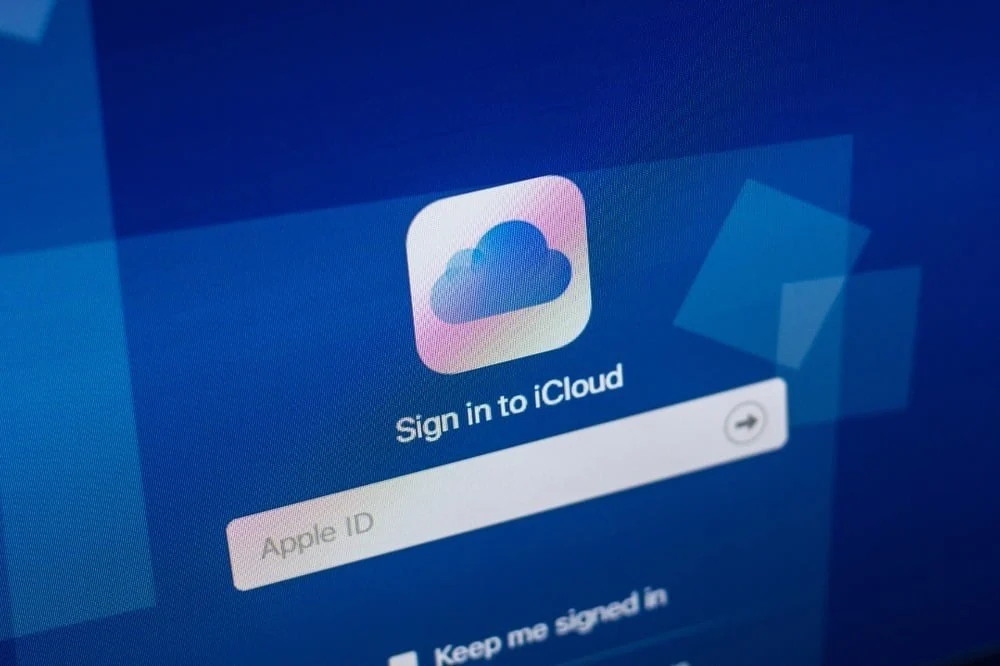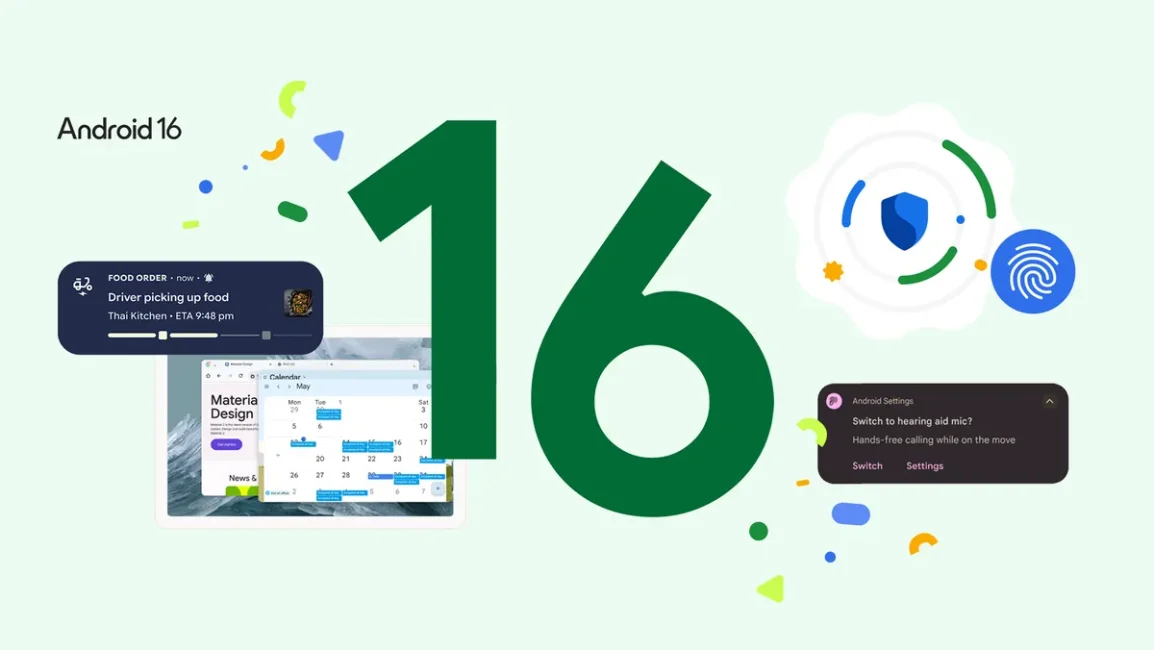A colossal cybersecurity crisis has rocked the digital world: researchers have uncovered a cache of over 16 billion stolen login credentials, spanning major platforms like Apple, Google, Facebook, Telegram, GitHub—and even various government services. This unprecedented data trove, drawn from 30 separate datasets, contains up to 3.5 billion accounts in a single set, representing one of the largest security breaches in history.
Leak is Fresh, Not Recycled
Cybersecurity researchers have confirmed this is not a rehash of old leaks. Instead, multiple strains of so-called infostealer malware—software designed to siphon saved credentials from infected devices—are believed to have harvested and compiled this data throughout early 2025. The datasets were briefly exposed on public servers such as unsecured databases and cloud storage buckets, allowing researchers to analyze the contents before the databases were removed.
These infostealer tools can extract passwords, cookies, browser autofill data, and even information from messaging apps, cryptocurrency wallets, and email clients. The result: a digital treasure chest for cybercriminals, offering billions of ways to compromise accounts and digital identities.
Why This Matters
With access to 16 billion usernames and passwords, hackers are equipped for widespread credential stuffing attacks—automated attempts to log into online accounts using previously stolen credentials. As studies show, around 81% of users reuse passwords across multiple sites. Even a 1–2% success rate would mean millions of compromised accounts globally.
The structure and freshness of the leak mean this data can be used immediately by malicious actors. It opens the door to phishing scams, identity theft, ransomware attacks, social engineering, business-email compromise, and a host of other cybercrimes.
Major Platforms Were Not Directly Breached
Despite the volume of credentials associated with high-profile services such as Apple, Google, Facebook, and Telegram, experts clarify that none of these platforms were directly breached. Instead, the leaked credentials were harvested from infected users’ devices and then grouped together in massive aggregations.
Security researchers emphasize that these tech giants maintain strong security defenses. However, the appearance of billions of their users’ credentials in these leaks means attackers can still attempt to exploit accounts via reused passwords, phishing, or social engineering.
Tech Industry’s Response
In light of the breach, several tech companies have accelerated their efforts to promote safer authentication methods:
- Google is actively encouraging users to adopt passkeys, which are passwordless login technologies that use biometric or device-based authentication. These are harder to phish or steal.
- Apple, Meta, and Microsoft have highlighted their own built-in password managers and continue to push for broader adoption of multi-factor authentication (MFA).
- GitHub has mandated 2FA (two-factor authentication) for developers and recommends strict credential hygiene.
- Telegram has less exposure since it mainly uses one-time codes rather than persistent passwords, reducing the impact of such leaks.

Recommendations for Users
Cybersecurity experts recommend the following urgent steps for users to protect themselves:
- Change all passwords immediately, especially for accounts that may reuse the same credentials.
- Use unique and complex passwords for each account. Consider using a password manager to generate and store them securely.
- Enable two-factor authentication (2FA) or multi-factor authentication (MFA) wherever available. Apps like Google Authenticator or hardware security keys offer enhanced protection.
- Avoid downloading suspicious attachments or visiting questionable websites, as these are common ways infostealers spread.
- Regularly monitor your accounts for unfamiliar login activity or password reset attempts.
- Use services that notify you if your email or password has appeared in a data breach.
Additionally, consider adopting passkeys or other passwordless authentication tools, which eliminate the need for typing passwords entirely and are nearly impossible to phish.
Broader Implications
This breach is more than a wake-up call—it’s a turning point in cybersecurity. Previous leaks have exposed hundreds of millions of records at a time, but this leak aggregates billions, offering cybercriminals a staggering amount of exploitable data in one place.
It signals a shift in how cybercrime is evolving: instead of targeting individual websites or services, attackers are focusing on widespread malware infections to quietly harvest vast amounts of login data. Once collected, these are packaged and leaked—either for sale or simply to cause chaos.
The incident is being compared to some of the most significant digital breaches in history and will likely force a reevaluation of how organizations and individuals protect access credentials.
Final Word
Users around the world must act quickly and decisively. The threat is real, the data is fresh, and the consequences of inaction could be severe. This isn’t just another data breach—it’s a massive digital vulnerability that will ripple through the internet for months and possibly years to come.
It’s time to ditch weak passwords, embrace modern authentication, and take personal cybersecurity seriously. The digital world just became a lot more dangerous—and staying safe now requires everyone to play a proactive role.



